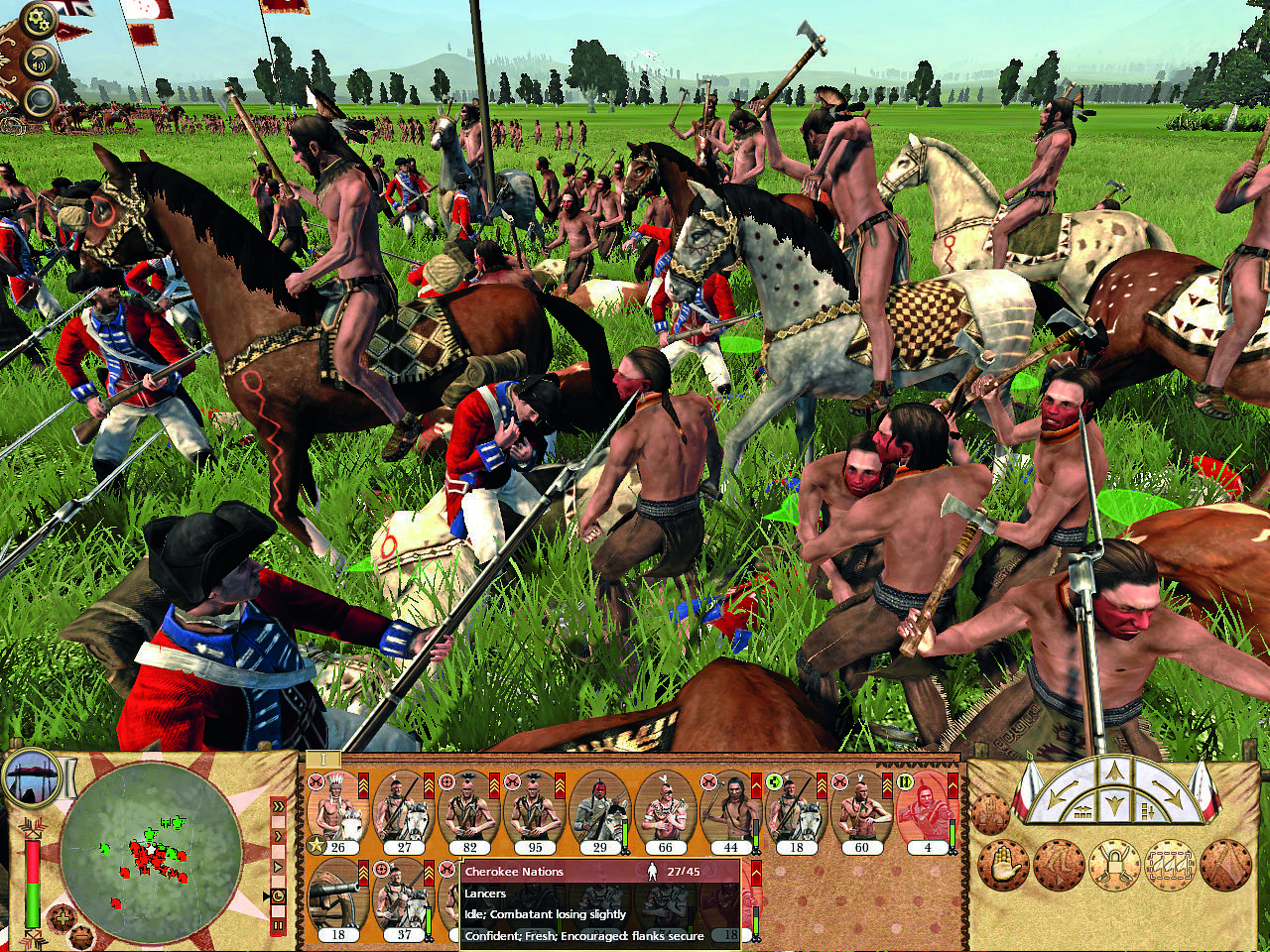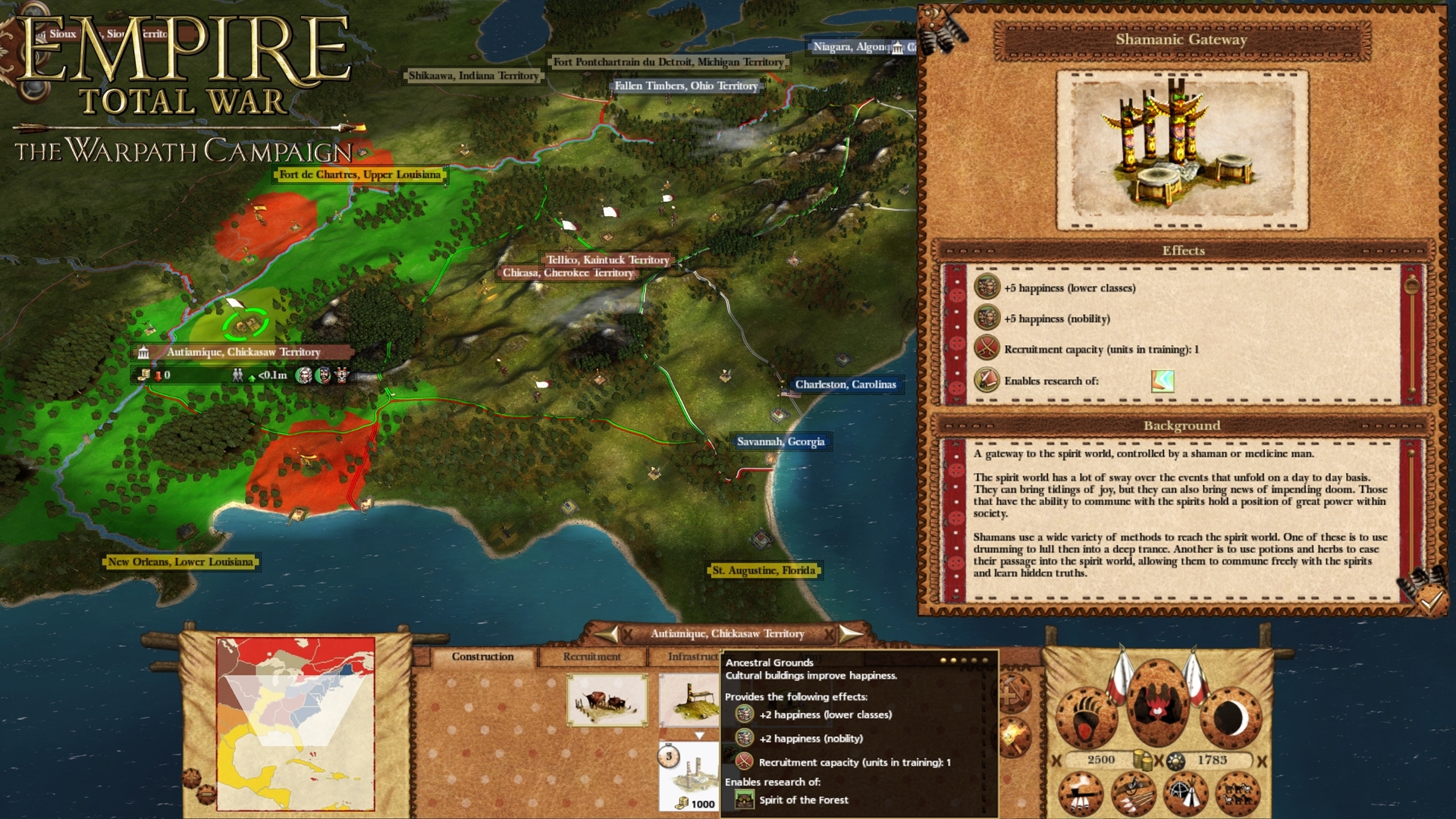

These are far more detailed than anything we’ve seen previously. Inevitably, the real action still goes down in the main, land-based conquerable regions of the campaign map. Had we picked a fight with Portugal or Spain, with their Atlantic-facing coastlines, things would have been very different. Once at war with the Ottoman Empire, our Great Britain campaign saw us bottling up the Ottoman fleet in the Mediterranean, keeping our Atlantic traders safe from attack.

It’s then down to your diplomacy, and the grit of your admirals, to keep those trade routes open, and to keep your nation rich. These are purely coastal regions, in which fleets can be placed to generate money. The trade routes then snake off into the rest of the world, including the four ‘trade regions’ – South America, the Ivory Coast, the straits of Madagascar, and the East Indies. Pirates camping the route will need to be physically removed. Red, yellow and green status marks materialise to show who you’re sharing that sea-route with and how threatened you are. Scrolling across an empire that spans this vast distance is a pleasure indeed. The core map stretches from Iceland on the top left to Sri Lanka on the bottom right.

The trade routes arc around the huge main map, which is itself divided into two principle sections: North America and Eurasia. While some trade does occur between trade partners over land, it’s the maritime trade routes that really print money. What’s most immediately obvious is the effect of international trade. It has a superabundance of smart gaming.Īnd while it feels familiar, Empire manages to deliver more nuance on the campaign map than ever before. The Creative Assembly do not seem to have shirked their responsibility, or ever stepped back from including more features, or more detail.

Empire: Total War is more, and better, than we’ve ever had before. This may indeed have been included to guide newcomers, but don’t think the complexity of the main game has been sacrificed. There had been rumblings about Total War being simplified for the US market, especially with its introductory mini-campaign ‘The Road to Independence’. Planning, plotting your colonial ambitions. Even when you’re not playing, you’re thinking about it. Completing a campaign is one of those gaming exploits that you know will be with you for the rest of your life, simply because it will consume so much time. Whatever you do, this game is a colossal undertaking. And when you’re done there, you’ll want to try a different nation, and its different victory conditions. If you’re playing as Britain, as we did, victory means controlling Egypt and a chunk of both India and North America. At the back of your mind, you’re always aware of that clock, ticking down toward victory or defeat. Assuming you’re going to play the gigantic Grand Campaign, you’ll start in 1700 and have a turn every six months until 1799. The field of conflict in Empire, most global of the Total War games, is the 18th century. It is both a vast turn-based historical escapade and a gritty real-time battlefield engine that delivers the most cogent picture of mass conflict we’ve yet seen. Total War occupies its own territory between Civ, classic RTSes, and the hex-based wargames armchair generals get all excited about.


 0 kommentar(er)
0 kommentar(er)
